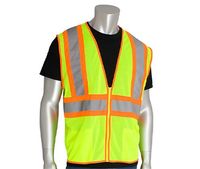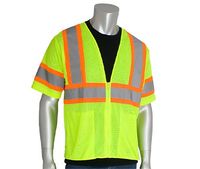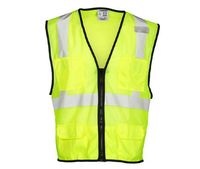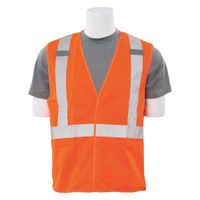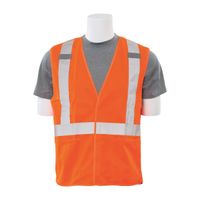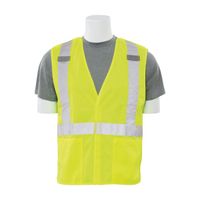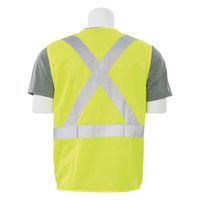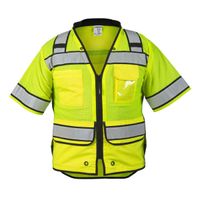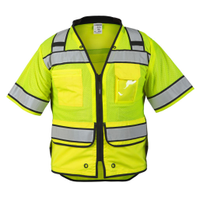Need help?
(301) 395-5161
Apply
Clear All
Hi-Vis Vests
14 Results (showing 1 - 12)
Sort by
Grid
List
14 Results (showing 1 - 12)
Sort By


Grid

List
$28 75/ ea
As low as
$28.75
Item in stock
Common carrier 3-5 day transit time
$13 82/ ea
As low as
$13.82
Item in stock
Common carrier 3-5 day transit time
$21 82/ ea
As low as
$21.82
Item in stock
Common carrier 3-5 day transit time
$20 36/ ea
As low as
$20.36
Item in stock
Common carrier 3-5 day transit time
$129 18/ ea
As low as
$129.18
Item in stock
Common carrier 3-5 day transit time
$23 65/ ea
As low as
$23.65
Item in stock
Common carrier 3-5 day transit time
$23 65/ ea
As low as
$23.65
Item in stock
Common carrier 3-5 day transit time
$23 65/ ea
As low as
$23.65
Item in stock
Common carrier 3-5 day transit time
$23 65/ ea
As low as
$23.65
Item in stock
Common carrier 3-5 day transit time
$53 88/ ea
As low as
$53.88
Item in stock
Common carrier 3-5 day transit time
$37 53/ ea
As low as
$37.53
Item in stock
Common carrier 3-5 day transit time
$37 53/ ea
As low as
$37.53
Item in stock
Common carrier 3-5 day transit time
Showing 1 - 12 of 14 results






